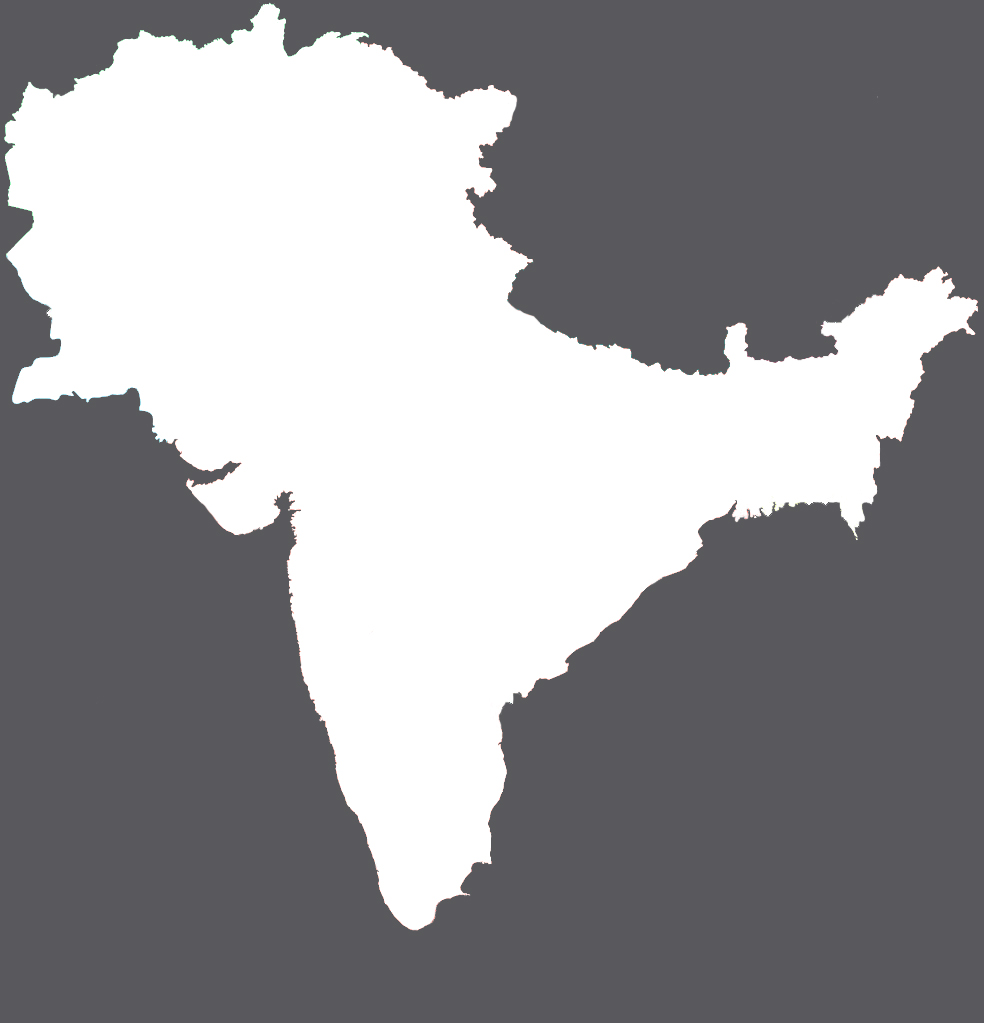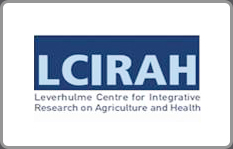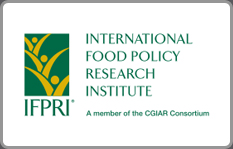Introducing pigeon pea as a major kharif pulse crop in maize-based cropping systems

Koraput district, the southernmost district in the state of Odisha, India, is famous for its rich biodiversity. More than 70 per cent of the farmers are small and marginal landholders with an average landholding of 1.63 hectare and operational holding of 0.6 hectare (GoO, 2011). The district has high level of poverty at 83 per cent as compared to the state average of 47 per cent. It is also a district with high burden of malnutrition with 49 per cent children under five years of age underweight and 57 per cent stunted (GoO, 2015). Further, more than 60 per cent cultivable land in the district is upland and both small and marginal farmers have a higher percentage of landholdings in uplands vis-à-vis low and medium lands. Agriculture is largely rainfed and kharif is the main cropping season. Rice is the predominant crop in the region followed by finger millet, which is mostly raised on marginal lands in the upland and hilly regions with few external inputs, either as a pure crop or with a range of pulses, legumes and oilseeds under mixed cropping system.
A balanced diet should include recommended amounts of different food groups that provide the necessary nutrients for a healthy life. Pulses as a source of food can provide protein and minerals required by the body; further, the sale of surplus produce can be a source of additional income for small marginal farmer households. Read full case study here.







